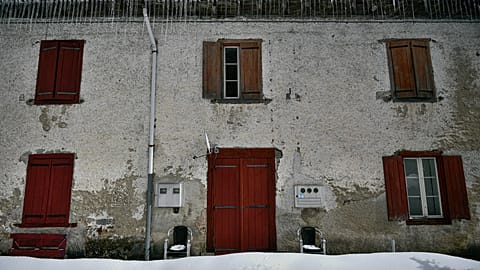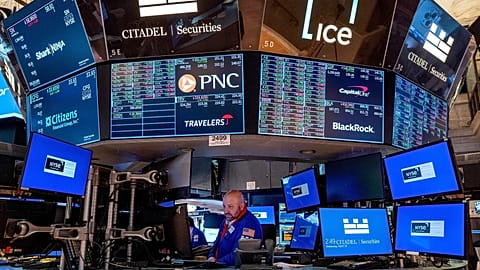French inflation numbers for November came in lower than expected following a slower rise in energy and service sector prices.
France’s year-on-year November inflation print was released on Thursday, coming in at 3.4%, down from 4% in October.
This is the lowest figure since last January and was mainly attributed to a slower-than-expected rise in services prices, which rose 2.7%, down from 3.2% in October.
Energy prices were also lagging somewhat, climbing up 3.1%, down from 5.2% in October. This was mostly due to increased confidence in France’s energy security.
More consumers also believe that the country’s nuclear reactors should be able to hold their own this winter, thus putting a cap on energy prices.
Historically, France has enjoyed cheaper energy prices, due to the country’s state-owned energy producer EDF being compelled by the government to offer about a quarter of its production at a steep discount to suppliers. France’s tariff shield and reduction in fuel prices last year have also contributed in keeping energy prices significantly lower than its peers.
Manufactured goods prices also dropped to 1.9% from 2.2% in the last month, with food prices inching down to 7.6% from 7.8% in the last month as well.
The preliminary estimate for the year-on-year EU-harmonised inflation rate for France dropped from 4.5% in October, to 3.8% this month. The month-on-month inflation rate dropped to -0.2% down from 0.1% in October.
Meanwhile, the quarter-on-quarter gross domestic product (GDP) growth rate for Q3 2023, was -0.1%, down from 0.6% in Q2 2023. This was the first negative print since Q1 2022, and was mostly attributed to a fall in net trade, with exports falling -1.0%, down from 2.5% in the previous quarter.
Imports however grew 0.1%, but was still down from Q2 2023’s 2.4%. However, household consumption bounced back, clocking in at 0.6%, up from -0.1%, likely due to an increased spending on manufactured goods and food, ahead of the festive period.
Government spending also increased 0.5%, up from 0.1%, however fixed investments dropped to 0.2%, down from 0.5%, further dampened by weak construction.


















